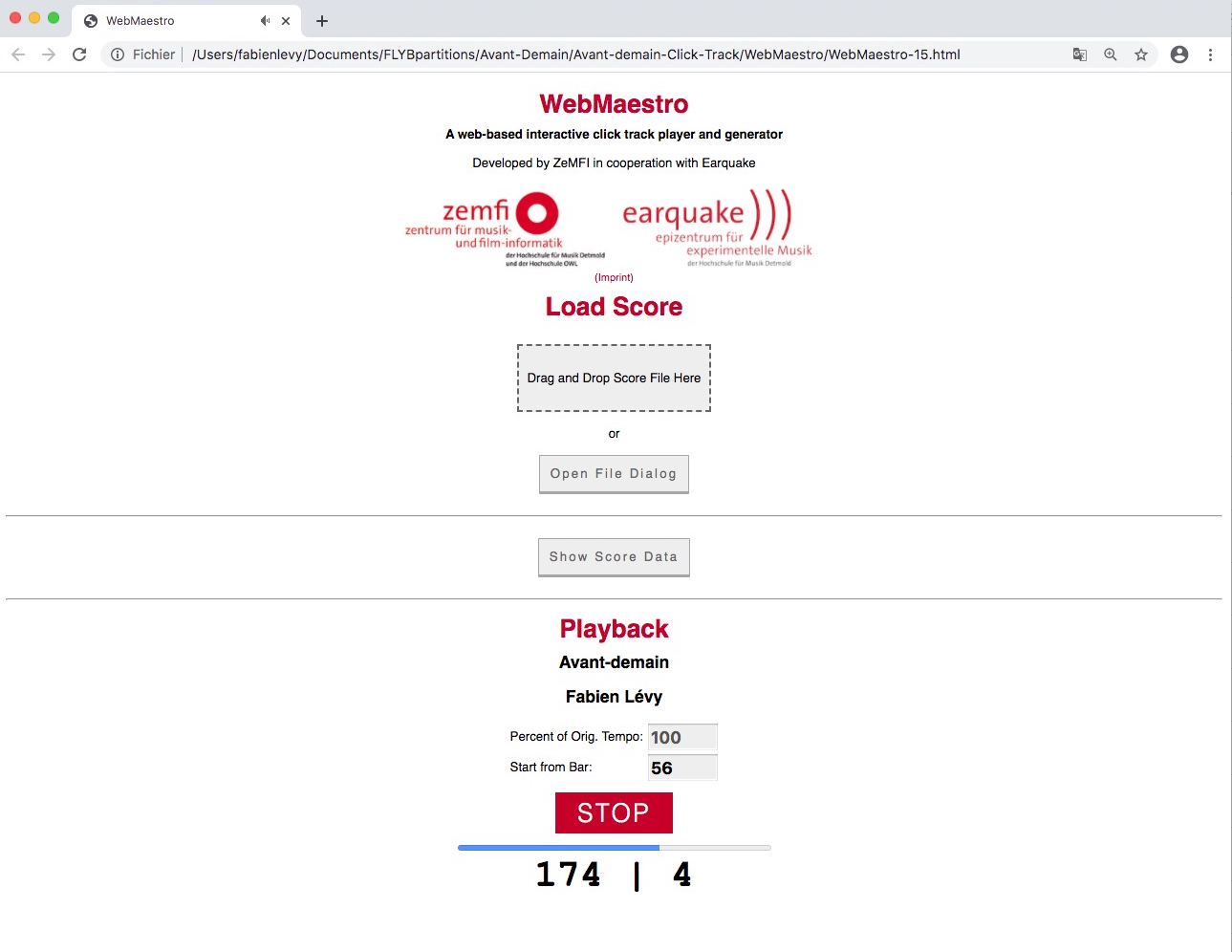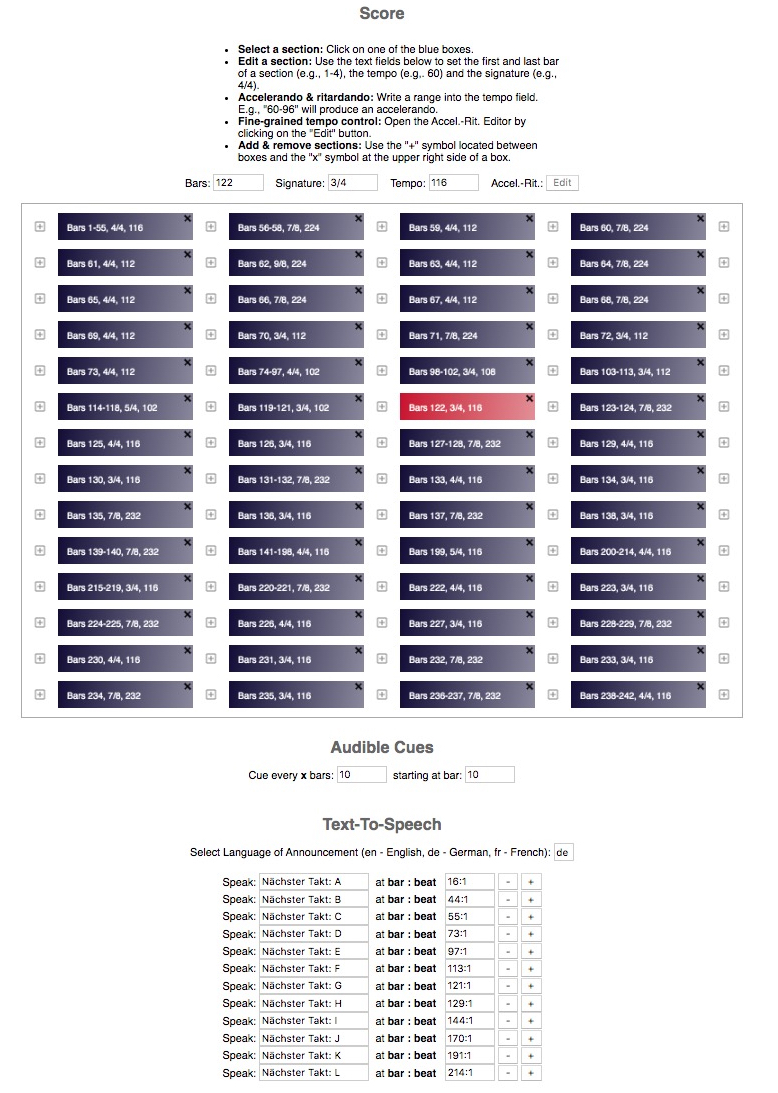for nine spatialized Windinstruments (without conductor) – 2014, rev.2024, 17′
Instrumentation: 1 Ob. (also E.H.), 2 Clar. (also 1. Bassclar.), 1 Sax. (S./A./T.), 2 Hrn., 1 Tp., 2 Basstbn. Clicktracks or Synchronisationsoftware at disposal.
Ricordi Verlag, score in rent: Sy. 4280
Premiere: 09 August 2014, Klangforum Wien, Summercourse for new music, Darmstadt, Germany.
Program note:
In the real world, there is no beginning, no end, no center, no edge, no clear-cut unit. This applies not only to the universe, but also to our own human and acoustic dimension. Isn’t the tumult of a train station, a market or a schoolyard more than the sum of their voices? Do we perceive a homogeneous, definable sound? Are we still able to distinguish each tree in a forest? Or does your gaze get lost in the intertwining of branches and leaves, unable to distinguish to whom they belong?
à tue-tête musically takes up this question. The model (requested by the commissioner) here is Giacinto Scelsi, who was one of the first Western composers, along with Varèse before, to refuse to reduce music to the artificially separated parameters of pitch, rhythm and dynamics, to delimited alphabets of notes, but who apprehended the sound phenomenon in its complexity and continuity. Music of other cultures have been doing this for long.
à tue-tête is not a folklorization of Scelsi’s singular work, but rather a light-hearted, almost humorous questioning of our cultural listening habits through the prism of my own musical language. The musicians’ space has no center, and the listener is continually lost between unity and multiplicity, between primary and secondary perceptions of seemingly clearly delimited musical objects. In addition, I set myself several strong musical constraints: a note [Bb] and a sixteenth-note pulse are continuously present throughout the piece. However, the harmony is changeable and the polymetries numerous (and mostly odd). Perception thus becomes paradoxical and, like life, à tue-tête.
Use of Webmaestro (click-track editor and player, freeware) for “à tue-tête”:
WebMaestro is a web-based click track editor and player conceived by Aristotelis Hadjakos and Fabien Lévy and written by Prof. Aristotelis Hadjakos (Center for Music and Film Informatics -Cemfi-).
The click-track player allows:
. a Visual click-track with indication of measure number and beat.
. an Audio click-track with optimized midi-sounds tested with musicians from Ensemble Klangforum Wien.
. Possibility to start the player on a given bar and in another tempo (in percent of the original tempo), for instance in rehearsal.
. Possibility to display the running score (pdf or jpg), using the synchronisation software Maestro [to be re-implemented in the future].
Through the editor, you can easyly edit:
. changes of tempi and metrics
. accel./rall. also in the middle of a bar, and using different curves (linear, exp.)
. regular audiocues (for instance every 10 bars) and local text-to speech cues (for instance “next bar, section D“) in German, French or English.
. Save and load the datas.
WebMaestro requires advanced audio skills that are not (yet) available in all browsers. Therefore, he is currently only running on Chrome or Safari.
you can freely download Webmaestro for A Tue-Tête here.
you can also download an audio-clic-track for à tue-tête here.
Installation:
For Mac:
For Windows:


![[cml_media_alt id='2148'] Spatial disposition in à tue-tête[/cml_media_alt]](https://fabienlevy.net/wp-content/uploads/2014/07/Disposition.jpg)

